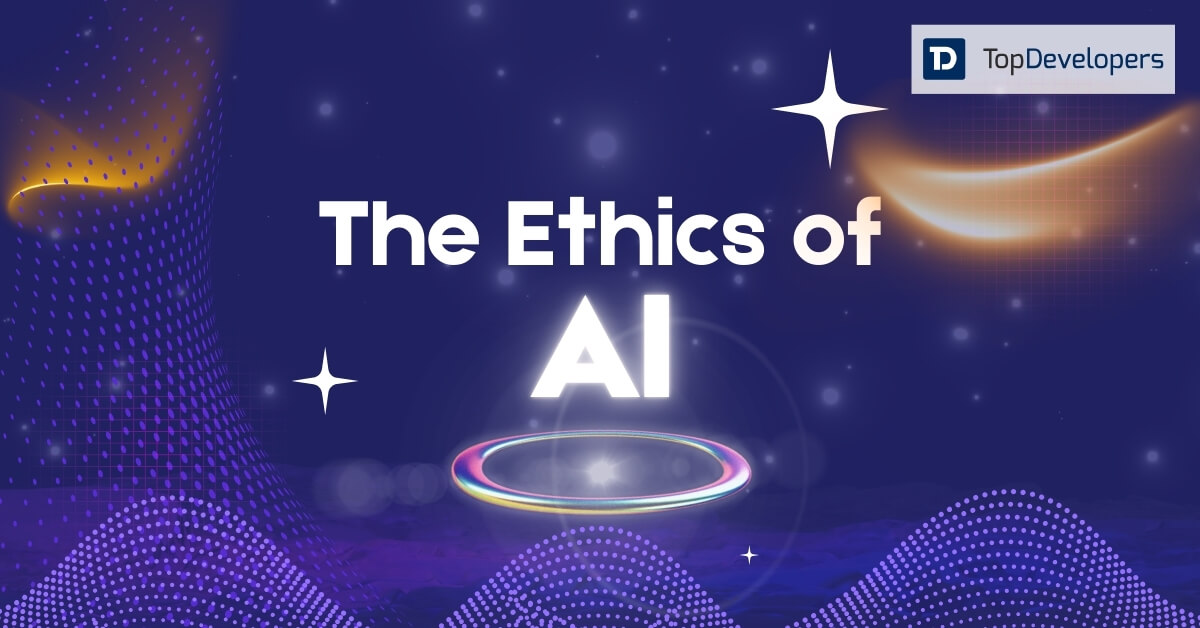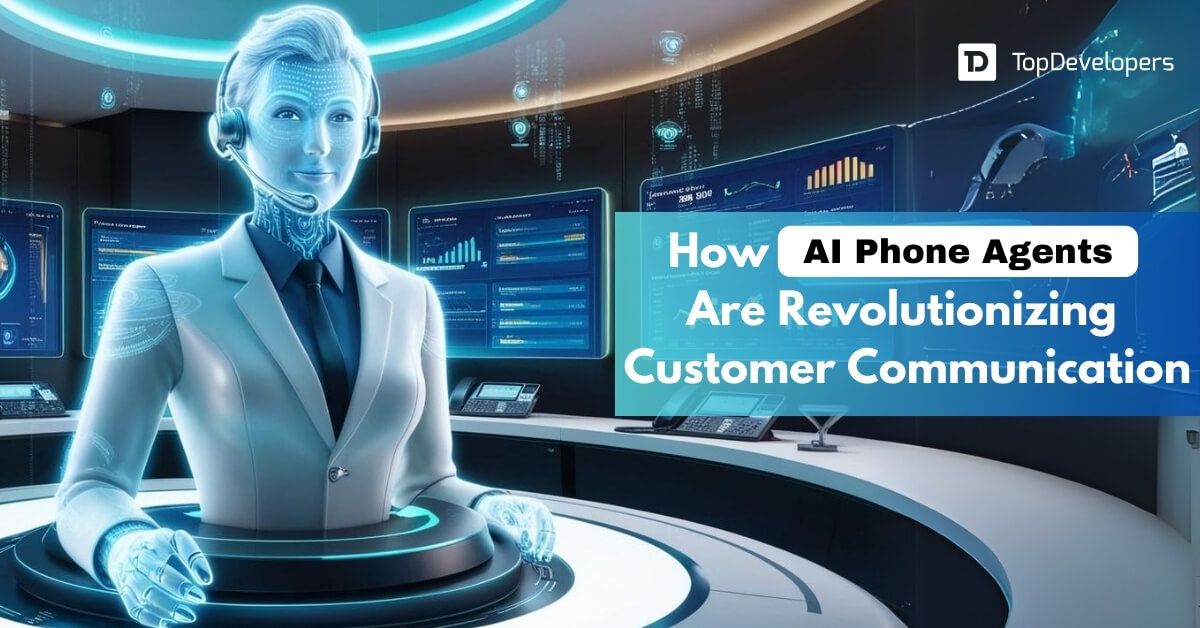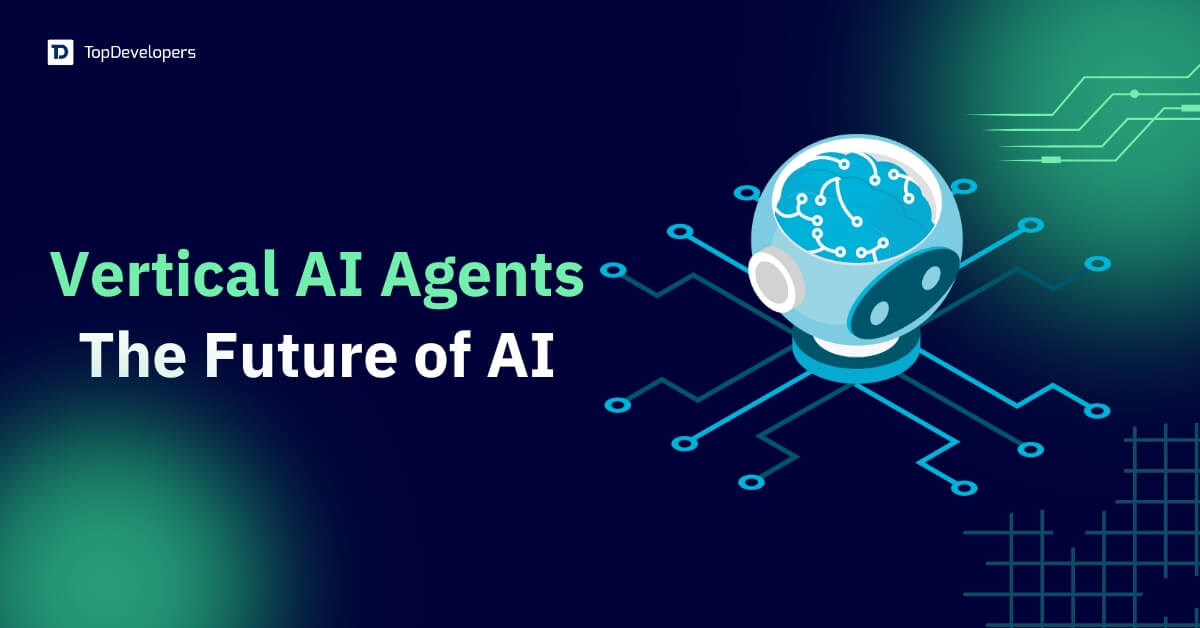
Generative AI is rapidly transforming the way businesses, creatives, and developers produce content and make decisions. Unlike traditional AI models, which focus on classification, prediction, or recommendation, generative AI can create entirely new content, such as human-like text, realistic images, music, video, and even code. This capability opens up unprecedented opportunities for innovation across industries such as healthcare, finance, retail, media, entertainment, and design.
While public AI tools and pre-trained models like ChatGPT, DALL·E, or Stable Diffusion provide a quick way to experiment, they often lack the domain-specific knowledge, customization, and control that many businesses require. Businesses seeking to differentiate themselves or meet complex regulatory, technical, or creative needs are increasingly exploring the option of building their own generative AI solutions. By creating a tailored solution, businesses can align the AI with their unique objectives, data sources, workflows, and ethical standards.
A Generative AI solution can help businesses generate content in a consistent tone, automate repetitive creative processes, and even uncover insights from proprietary data that generic models cannot access. For example, a healthcare company may need an AI that generates patient summaries, research reports, or medical imaging analysis, all within strict compliance standards. A retail company might require a model that generates product descriptions, personalized marketing content, or virtual fashion designs.
Investing in a custom generative AI solution also allows organizations to maintain full control over their data, ensure compliance with data privacy regulations, reduce reliance on third-party providers, and build a sustainable infrastructure for AI-driven operations. Moreover, businesses can continually iterate and fine-tune the AI model to match evolving user expectations and market demands.
For inspiration and to understand the potential opportunities, businesses can explore a variety of popular generative AI business ideas. This can help in identifying practical applications, market gaps, and innovative ways to leverage generative AI for competitive advantage.
Table of Contents
- Why Do You Need Your Own Generative AI Solution?
- How to Build Your Own Generative AI Solution?
- Define Your Objectives and Use Cases
- Understand Generative AI and Its Core Technologies
- Data Collection and Preparation
- Selecting Models and Training Approaches
- Building Feedback and Iteration Loops
- Choosing the Right Generative AI Tools and Frameworks
- Deployment and Integration into Applications
- Addressing Challenges and Risks via Generative AI
- Future-Proofing Your Generative AI Solution
- Conclusion
Why Do You Need Your Own Generative AI Solution?
While off-the-shelf generative AI tools are powerful and accessible, they often fall short when it comes to addressing specific business requirements. Businesses that rely solely on public models may face limitations in accuracy, customization, data control, and long-term scalability. Building your own generative AI solution allows you to overcome these limitations and provides strategic advantages that can differentiate your business in the market.
Limitations of Off-the-Shelf Generative AI Models
Pre-trained public AI models like GPT, DALL·E, or MidJourney are designed for general-purpose use and trained on broad datasets. While they perform well for generic tasks, they may not meet the requirements of niche industries or specialized use cases. Some common limitations include:
- Lack of domain expertise: Generic models may produce outputs that are inaccurate or irrelevant for industry-specific tasks, such as legal document generation, medical reports, or scientific content.
- Limited customization: You cannot easily modify their behavior, tone, or style to match your brand or business objectives.
- Data privacy concerns: Using third-party APIs may expose sensitive business or customer data.
- Dependence on external providers: Model updates, pricing, and availability are outside your control, which can impact reliability and long-term strategy.
Benefits of Building a Custom Generative AI Solution
Developing your own generative AI system addresses the limitations of public models and provides numerous advantages for businesses:
- Domain specificity: Training on proprietary data ensures the AI understands your industry’s terminology, standards, and processes, producing highly accurate outputs.
- Data ownership and compliance: You maintain complete control over your data, enabling compliance with privacy regulations such as GDPR, HIPAA, or CCPA.
- Behavioral control: Customize the AI to align with your company’s tone, style, and ethical guidelines.
- Competitive differentiation: A unique, custom-built model can offer capabilities that competitors cannot replicate, providing a strategic edge.
- Cost efficiency at scale: Owning the model infrastructure and training process can reduce dependency on third-party APIs and lower costs as usage grows.
Evolving Client Expectations
Today’s clients expect personalized, context-aware, and high-quality experiences. Generic models often fall short in delivering the level of customization and precision required for enterprise-grade applications. Businesses that invest in custom generative AI solutions are better equipped to meet these evolving expectations, enhance customer satisfaction, and create long-term loyalty.
For example, a customer support AI trained specifically on a company’s historical interactions can provide more accurate, helpful, and contextually relevant responses than a general-purpose chatbot. Similarly, a retail recommendation engine powered by a custom generative model can deliver personalized product suggestions that increase conversion rates and drive revenue.
For additional insights on how generative AI is influencing client expectations and transforming software projects, you can refer to this resource: Generative AI changing client expectations.
How to Build Your Own Generative AI Solution?
Building a generative AI solution is more than just integrating cutting-edge technology. It is about turning innovative ideas into practical, scalable systems that deliver real value. Whether it is creating intelligent assistants, automating content generation, or enhancing customer experiences, developing such a solution requires a thoughtful approach that blends creativity, technical expertise, and strategic planning. At its core, it is not only about what the technology can do but also about aligning it with your unique goals to drive impact and innovation.
Define Your Objectives and Use Cases
The first step in building a generative AI solution is to clearly define what you want to achieve. Without a clear objective, projects often become unfocused and fail to deliver measurable results. Start by identifying the specific problems or opportunities the AI will address. Are you trying to automate content generation, improve customer support, enhance creative design processes, or generate specialized reports? Narrowing the focus ensures your AI solution is aligned with business needs and can demonstrate value quickly.
It is also important to set measurable success criteria. Examples include reducing content creation time by a certain percentage, achieving higher user engagement, generating accurate domain-specific outputs, or improving the efficiency of internal workflows. By defining objectives and success metrics upfront, you can track progress and adjust your approach as needed.
Understand Generative AI and Its Core Technologies
Generative AI encompasses a range of model architectures and techniques, each suited to different types of data and outputs. Choosing the right technology is critical to achieving your goals efficiently.
- Large Language Models (LLMs): LLMs excel at generating text, summarizing information, translating languages, and even producing code. They are ideal for chatbots, content automation, and language-based applications.
- Generative Adversarial Networks (GANs): GANs are particularly strong for creating realistic images, video, or visual effects. They use a generator and discriminator model that compete to improve output quality over time.
- Variational Autoencoders (VAEs): VAEs are useful for compressing data into meaningful representations and generating outputs with controlled variations, often applied in creative design or product modeling.
- Diffusion Models: Diffusion models have become the standard for high-quality image synthesis, producing photorealistic visuals by gradually refining noisy data into final outputs.
It’s important to note that LLMs are a subset of generative AI focused on language, while generative AI as a whole spans multiple modalities including text, image, audio, and structured data. Selecting the right model type for your use case reduces training time, improves accuracy, and ensures scalability. For a deeper understanding of generative AI versus LLMs, refer to this guide:
Generative AI vs LLMs.
Data Collection and Preparation
High-quality data is the foundation of any successful generative AI solution. Data must be relevant, representative, and well-structured. The process involves sourcing, cleaning, curating, and annotating datasets to ensure the model learns the right patterns.
Data Sourcing
- Internal data: Proprietary sources such as customer interactions, historical records, product catalogs, or design archives are highly valuable for domain-specific tasks.
- Public and licensed data: Open datasets or licensed content can augment internal data, but must be vetted for quality and compliance with copyright laws.
- Synthetic data: Generating artificial data helps address edge cases, augment small datasets, and improve model robustness.
Data Cleaning and Curation
Cleaning removes duplicates, inconsistencies, and irrelevant entries, while curation ensures the data accurately represents the domain and use case. Annotation, such as tagging entities, sentiment, or context, provides the structured input necessary for supervised or semi-supervised learning.
Privacy and Compliance
When dealing with sensitive information, businesses must ensure adherence to regulations such as GDPR, HIPAA, or CCPA. Techniques like anonymization, pseudonymization, and on-premise training help maintain compliance while safeguarding data privacy.
Selecting Models and Training Approaches
Once your data is prepared, the next step is selecting an appropriate model and training strategy. Companies typically choose between fine-tuning a pre-trained model or training a model from scratch.
- Fine-tuning pre-trained models: This is the most practical approach for most businesses. By starting with a robust base model and training it on your domain-specific data, you achieve strong performance with lower compute costs and shorter development time.
- Training from scratch: This approach offers maximum control over the architecture and output, but requires significant data, expertise, and computational resources.
Performance Optimization Techniques
- Prompt engineering: Designing effective prompts guides the model to produce more accurate, relevant, or stylistically appropriate outputs.
- Hyperparameter tuning: Optimizing learning rates, batch sizes, and other parameters improves training stability and output quality.
- Regularization and augmentation: Techniques like dropout, label smoothing, and data augmentation prevent overfitting and enhance generalization.
- Model compression: Distillation and quantization reduce model size and improve inference speed without significant loss in accuracy.
Building Feedback and Iteration Loops
Generative AI models require continuous improvement through iterative feedback. Establish human-in-the-loop processes and automated evaluation metrics to refine outputs and ensure they meet desired quality standards.
Human-in-the-Loop (HITL)
- Reviewer feedback: Human experts review and rate outputs, providing labeled feedback for model refinement.
- Reinforcement Learning from Human Feedback (RLHF): A reward model trained on human preferences aligns the generative AI behavior with desired outcomes.
Automated Evaluation
- Task-specific metrics: Evaluate text outputs using metrics like BLEU, ROUGE, or perplexity; images using FID or IS scores.
- Operational metrics: Monitor real-world performance, including error rates, latency, and adoption metrics.
Choosing the Right Generative AI Tools and Frameworks
The choice of Generative AI tools and frameworks influences development efficiency, model performance, and deployment scalability. Popular frameworks include PyTorch and TensorFlow, while platforms like Hugging Face accelerate prototyping with pre-trained models and tokenizers.
- Experiment tracking: MLflow or Weights & Biases help log experiments, track hyperparameters, and compare performance.
- Model serving: Triton or TorchServe provide scalable inference endpoints for production use.
- Orchestration: Containerization and Kubernetes simplify scaling, load balancing, and resource management.
Deployment and Integration into Applications
Once your model is trained and validated, deploying it into real-world applications is critical for extracting business value. Deployment involves packaging the model into APIs, ensuring low latency, managing resource utilization, and integrating with internal systems or customer-facing interfaces.
Deployment Considerations
- Latency and throughput: Implement batching, caching, or asynchronous processing to meet response time requirements.
- Scalability: Use autoscaling and distributed serving to handle varying workloads efficiently.
- Resilience and fallbacks: Build fallback mechanisms to handle failures or uncertain outputs gracefully.
Monitoring and Observability
- Performance monitoring: Track latency, error rates, throughput, and resource utilization in real time.
- Quality monitoring: Detect output drift, degraded performance, or anomalous results over time.
- Audit logs: Maintain detailed logs of input-output pairs for compliance, troubleshooting, and retraining.
Addressing Challenges and Risks via Generative AI
Generative AI introduces technical, ethical, and operational risks. Proactively addressing these challenges ensures your Gen AI solution is safe, compliant, and reliable.
- Bias and fairness: Conduct bias audits and use diverse datasets to avoid discrimination in outputs.
- Copyright and licensing: Verify data sources and ensure generated content does not infringe third-party rights.
- Security and misuse: Implement content filters, access control, and usage monitoring to prevent harmful or malicious use.
- Compute cost and sustainability: Optimize infrastructure and model efficiency to reduce operational costs and energy consumption.
Future-Proofing Your Generative AI Solution
Generative AI is rapidly evolving. Future-proofing your custom generative AI solution ensures it remains relevant, scalable, and compliant as technology and regulations change.
- Modular architecture: Separate data pipelines, training, and deployment layers to allow independent updates.
- Continuous learning: Implement automated retraining pipelines to keep models aligned with new data and user expectations.
- Multi-modal readiness: Prepare for integrating text, image, audio, and video capabilities into a unified system.
- Governance and documentation: Maintain model cards, data documentation, and policies for audit, transparency, and accountability.
Conclusion
Building your own generative AI solution is a strategic investment that can provide significant competitive advantages, operational efficiencies, and innovative capabilities for your business. Unlike off-the-shelf tools, a custom Generative AI solution allows you to tailor the AI to your unique domain, leverage proprietary data, maintain full control over behavior, and meet compliance requirements. By defining clear objectives, understanding the appropriate technologies, preparing high-quality data, and implementing iterative training and feedback loops, you can create a generative AI solution that consistently delivers value and evolves with your business needs.
A custom generative AI model can enhance productivity, reduce repetitive manual work, improve user experiences, and even generate entirely new revenue streams. It allows business organizations to meet the evolving expectations of clients who demand personalized, context-aware, and high-quality outputs. Moreover, by investing in infrastructure, tools, and governance, businesses can ensure that the AI solution is safe, reliable, and future-proof, ready to adapt as technology and market requirements evolve.
The journey of building a generative AI solution may seem complex, but breaking it into structured steps defining objectives, understanding models, collecting and preparing data, training and fine-tuning, deploying and monitoring, and continuously iterating, makes it manageable and actionable. Businesses that embrace this process will not only unlock immediate operational benefits but also establish a foundation for long-term innovation and differentiation in the AI-driven economy.
For businesses looking to explore specialized expertise, reviewing the top generative AI development companies provides insights into firms experienced in building customized AI solutions, their technology stacks, and successful implementations across industries.
By following these steps and leveraging expert resources, any business can successfully design, develop, and deploy a generative AI solution that delivers measurable value, meets compliance requirements, and positions the business for continued growth in the era of AI-driven innovation.
 Gillian Harper
| Sep 30, 2025
Gillian Harper
| Sep 30, 2025
A professionally engaged blogger, an entertainer, dancer, tech critic, movie buff and a quick learner with an impressive personality! I work as a Senior Process Specialist at Topdevelopers.co as I can readily solve business problems by analyzing the overall process. I’m also good at building a better rapport with people!


